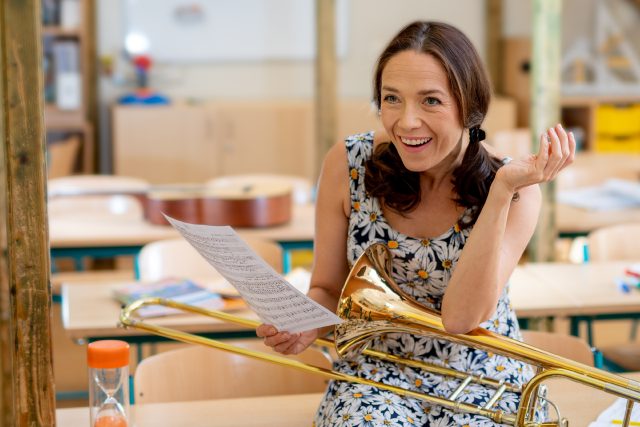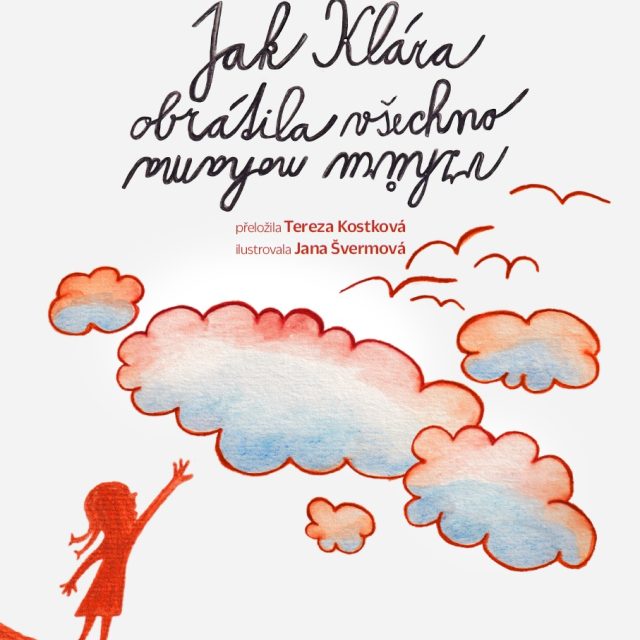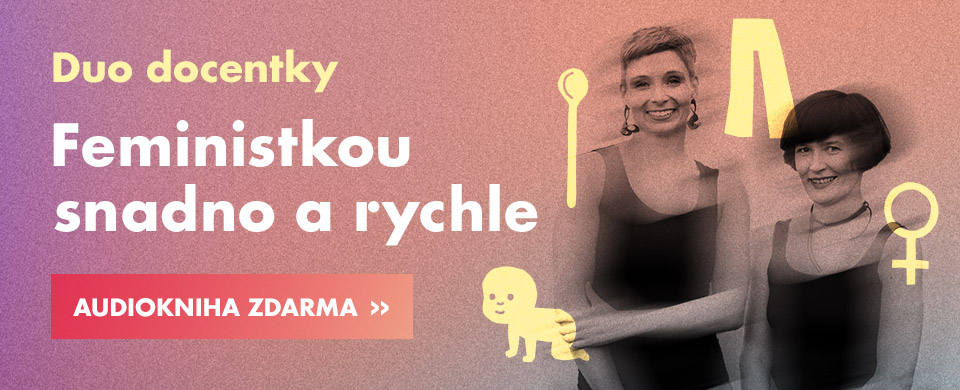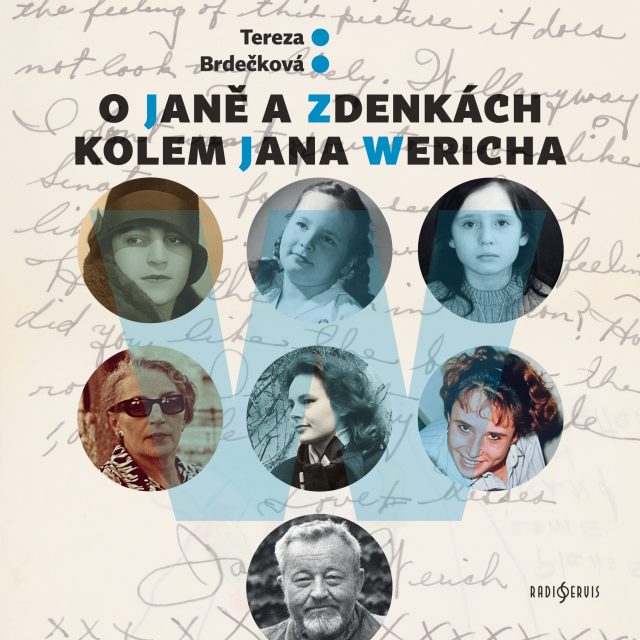Vychodiská: Imateriálne umenie Alexandry Pirici
Alexandra Pirici je rumunská performérka, choreografka a hudobníčka. Prednedávnom vydala svoje debutové EP ID, na ktorom spája spev s tanečnou elektronikou. Jej projekt Adda Kaleh vznikol v roku 2013, keď sa ako jediná zástupkyňa Rumunska dostala na RBMA v New Yorku. Svoje meno si zvolila podľa slávneho pašeráckeho ostrova na Dunaji, ktorý bol potopený po spustení rumunsko-juhoslávskej priehrady Železné vráta.
Pirici je fascinovaná možnosťami digitálneho zvuku a pre EP hľadala podľa vlastných slov 'odcudzeny' zvuk a estetiku. Texty Addy Kaleh sa zaoberajú rôznymi témami, ale netrvá na ich úplnom porozumení. Svoje texty skôr chápe ako kľúčové slová, ktoré poslucháčovú pozornosť obracajú ku rôznym témam. Niektoré z nich sú futuristické, zaoberajú sa možnými budúcnosťami planéty, alebo zvláštnymi formami lásky medzi cudzími bytosťami.
Alexandra Pirici je predovšetkým aktívna ako choreografka, ktorá posledné roky pracuje skôr v kontexte vizuálneho umenia a performance vo verejnom priestore. Pirici prevažne tvorí diela, ktoré nazýva imateriálnym umením. Jedná sa o performatívne reprezentácie rôznych výtvarných diel, alebo monumentov, ktoré Pirici v galeríjnom kontexte, alebo vo verejnom priestore reprezentuje pomocou skupiny tanečníkov.
“Pracujem s performermi, takže vlastne pracujem s istým druhom ľudského materiálu, ktorého jednou z kvalít je akási efemérnosť. Samotný termín imateriálnosti nieje úplne vhodný na popis týchto diel, aj keď sa vzťahuje k dielu ktoré sa nachádza niekde medzi subjektom a objektom a ich vzájomnou výmenou. Diela, ktoré niekedy spoluvytváram s Manuelom Pelmusom používajú stratégiu rekonštrukcie. Rekonštruujeme slávne, alebo menej známe umelecké diela. Niekedy je to proces totálnej premeny. Nepredstierame že tvoríme preklad diela, alebo reprodukciu. Je to úplne iné dielo, ktoré sa ku originálu vzťahuje len ako ku svojmu východziemu bodu.”
Zaujímalo ma, či je pre chápanie pojmu imateriálneho umenia dôležitý obmedzený časový aspekt performance.

“Niesom si istá či je dnes podčiarkovanie časovosti performatívných diel takou zaujímavou stratégiou. Fungujú v úplne rozdielnom kontexte oproti performance ktoré sa odohrali v 60tých alebo 70tých rokoch. V rámci dnešného spektáklu, ekonómie udalosti a ekonómie pozornosti, může podčiarkovanie efemérneho v performance znamenať, že funguje len ako udalosť, animácia a otváranie výstavy. Je tak aj potom cenená, veľmi krátky typ zážitku, ktorý sa konzumuje veľmi rýchlo, do krorého netreba veľa investovať, atď. Mám záujem robiť performatívne diela tak, aby dnes vydržali viac.”
Pirici vníma Bukurest ako veľmi zaujimavú a vyčerpávajúcu skúsenosť.
“Stále žijem v Bukurešti. Príde mi ako veľmi zaujimavá a vyčerpávajúca ak tam človek žije dlhšie. Myslím si, že momentálne život vo východnej Európe je rovnakým dielom zaujimavý ako únavný. Může byť veľmi produktívny. Je ale cynické myslieť si, že musíme prechádzať ťažkým obdobím stále keď chceme byť prudktívní.”
Adda Kaleh - EX from Adda Kaleh on Vimeo.
EN
Alexandra Pirici is a Romanian performer, choreographer and musician. Her debut EP ID on which she connects her vocals with electronic music was released beginning of the year as a net-release. Her project Adda Kaleh started in 2012, when she was selected as the only Romanian artist for RBMA 2013 in New York. Her name refers to the famed island on Danube that was submerged during construction of the Romanian and Yugoslav joint project – the Iron Gates hydroelectric plant.
Pirici has been interested in the possibilities of digital music, and for the EP was searching for alienated sound and aesthetics. Her texts are about various topics, and Pirici prefers that they work more like “keywords” that draw listeners attention to certain thematic areas.

“I'm definitely interested in a certain alienation and fascinated by it as well. How we redefine ourselves, how we are redefined by the technology, how we have to rethink the very idea of human and of nature. I also kind of project all these scenarios of possible futures on the planet, outside of the planet, or possibly also this very different entities, beings that can be in love in a very different way, or can enter into a relationship.”
Alexandra Pirici is mainly active as a choreographer, and for the past years has been mostly active in the visual arts and performance in public space. Pirici creates what she calls imaterial works. They are performative reenactments of various artworks, or monuments, by a group of performers.
“I work with performers so actually i do work with a kind of human material that has this quality of being ephemeral by default. Of course the very notion of immaterial is not totally appropriate to describe these works, even though it refers to the artwork being in between subject and object and this exchange between them.
I guess a lot of the works that I made alone or in collaboration with Manuel Pelmus uses a strategy of enactment. We enact famous or less well known artworks or art events. Sometimes its basically a process of total transformation. We don't create a translation, or reproduce the work. It is basically a very different work that has the original as the starting point.“
I was interested if the temporal aspect of performing is important for the notion of immaterial art.
“I'm not sure that stressing the temporality of performative works today is such an interesting strategy. They function in a very different context than the ones that were functioning in the 60's or 70's. Within todays event economy, and economy of attention stressing the ephemeral in a performance can also mean that it functions as a mere event, as an animating and opening of an exhibition. It means that it is valued as such and it offers a very short type of experience, that you can consume very fast, that you can invest little in, and so on. I'm interested in making performative works that endure more today.”
Pirici considers Bucharest to be a very interesting albeit exhausting experience.
“I'm based in Bucharest. I do find the city very interesting and also very exhausting if you live there all the time. I guess living in eastern Europe at this point is both very challenging, very interesting and also very tiring. It can be productive, but it is also cynical to think that we have to go through hardship all the time in order to be productive.”
Více z pořadu
Mohlo by vás zajímat
E-shop Českého rozhlasu
Kdo jste vy? Klára, nebo učitel?
Tereza Kostková, moderátorka ČRo Dvojka


Jak Klára obrátila všechno vzhůru nohama
Knížka režiséra a herce Jakuba Nvoty v překladu Terezy Kostkové předkládá malým i velkým čtenářům dialogy malé Kláry a učitele o světě, který se dá vnímat docela jinak, než jak se píše v učebnicích.












